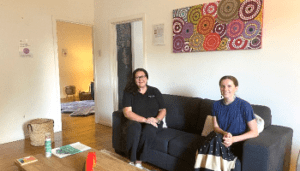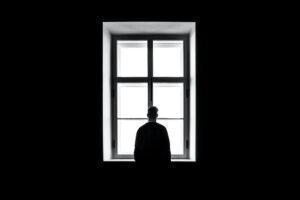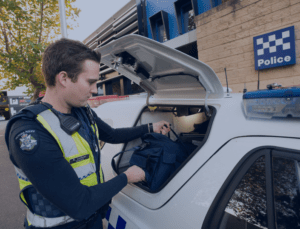At the centre of the national advocacy movement to improve support for people experiencing a suicidal crisis are countless voices of people with a lived experience of suicide. Some of them are voices like mine: people who, as a result of disclosing that we were thinking of ending our lives, ended up in an emergency department – whether by choice or not.
Our stories, and those of the people who love and care for us, provide powerful testimony that this type of crisis intervention in a medical setting can not only be unhelpful, but can intensify feelings of hopelessness and despair for people whose distress is so often a natural human response to complex, challenging and traumatic life events.
Research has also demonstrated that the conventional risk assessment tools employed by front-line clinicians have little predictive utility in determining who will go on to die by suicide or attempt to do so.
Despite this, suicidal distress continues to be framed within the public health system as a mental health crisis requiring clinical intervention.
In order to create more effective and compassionate care for people in crisis, the lived experience movement and its professional allies have long been advocating for “Safe Spaces” to be developed as genuine alternatives to emergency departments and hospitals.
Sometimes known as Safe Havens, these drop-in style spaces aim to offer a warm, welcoming, non-clinical environment in which to reduce distress and heal emotional pain.
They are typically staffed by specialist peer workers with their own lived experience of suicidal crisis who can connect with people through the deep understanding that comes with meaningful shared experience.
These services are now at various stages of implementation throughout the State. The Illawarra Shoalhaven Local Health District’s Safe Haven opened this week. It is an unassuming, residential home a short walk from the hospital, but a world away from the cold, harsh environment of its emergency department. The muted colour palette and soft furnishings have been designed to inspire and instill a sense of peace and calm. There is a communal space with comfy couches and pot plants, and a sensory room with low lighting, weighted blankets, and a rocking chair.
Peer workers are there to support people to alleviate their immediate distress, as well as help manage the stressful life events that have caused it. Safe Spaces offer a once-in-a-generation opportunity for the type of systems change that could substantially improve outcomes for Australians who are at risk of suicide. But this requires all of us – not just clinicians – to renunciate our habituated ways of thinking about what people need when they are considering ending their lives.
This sounds profound, but it doesn’t have to be. Consider what you or the people you love might want when in the sometimes, intense emotional pain and distress that comes with being human. It’s unlikely to be a crisis intervention in a medical setting. More likely, it would be a compassionate response from someone who can sit comfortably beside you, listen without judgement, and connect to the common humanity in your suffering, whatever its cause.
This is what our local Safe Haven will be able to offer.
Carrie Lumby is an Executive Member of the Illawarra Shoalhaven Suicide Prevention Collaborative. The Illawarra Shoalhaven Local Health District’s Safe Haven service is managed by Stride Mental Health and is located at 55 Urunga Parade, Wollongong. It will operate from Wednesday – Saturday, 2pm – 10pm.

 Exit
Exit


